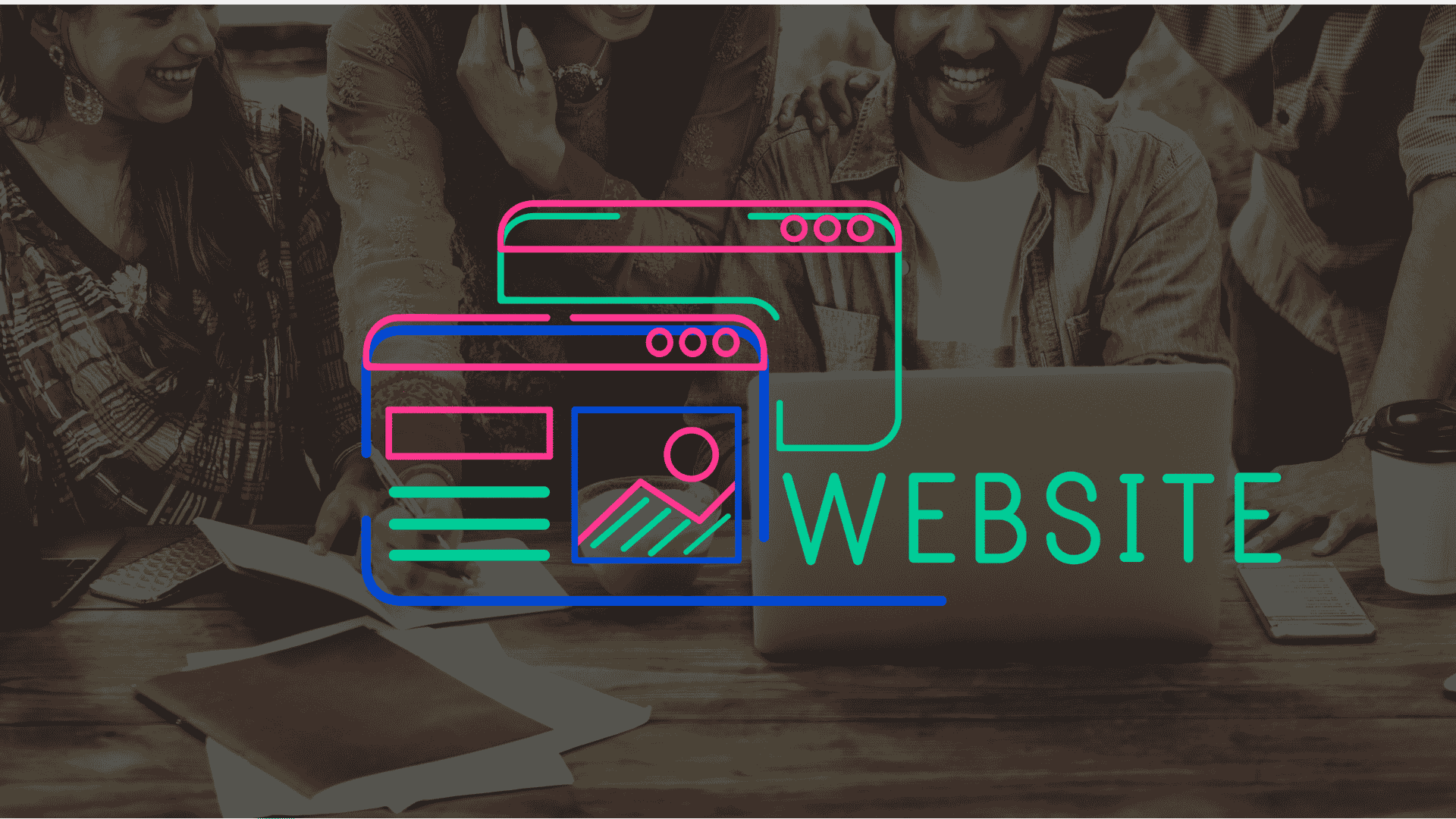Every company wishes to have an app available on both the app store and iOS. React Native and Flutter are now the most prominent cross-platform application development solutions for phone apps.
However, you must select a technological stack before releasing your mobile application to the market. Which one is it? Flutter or React Native? Let’s decide on the basis of 7 factors which approach is worthwhile for your time and money.
React Native Vs Flutter: What’s the Difference?
Both mobile app development approaches play a vital part in building interaction applications for Android and iOS. React Native as well as Flutter focus on the same purpose, which is to build best-in-class user interfaces. Let’s discuss both frameworks in detail:
1) React Native:
React Native is a JavaScript-based framework that integrates outstanding components of native development with React to create UI designs for mobile apps. It enables the development process of these applications with JavaScript. The design strategy allows download access on both Google Play Store and Apple Store.
2) Flutter:
Flutter on the other hand is a cross-platform development approach for building mobile apps. This framework was particularly developed by Google. It supports the development team to simply create and launch visually appealing applications for every screen. Like other development frameworks, the applications are downloadable on both app stores.
Key Factors To Differentiate Both App Development Frameworks
Here are the 7 vital aspects to demonstrate the key difference between each approach to mobile app development:
Programming Language
Flutter is based on the Dart programming language, which was also created by Google. The language is regarded as a niche in the developer community, yet it is far from difficult. Learning Dart will be a breeze if you’ve worked with object-oriented programming before. While React Native is built on the JavaScript programming language.
JavaScript on the other hand has grown in popularity over time as a result of its simple learning curve and widespread use. If someone is familiar with JavaScript, they can go right into designing apps with React Native without wasting time learning the technology. As a result, we can state that React Native wins in terms of programming language because it is considerably easier to learn than Flutter.
Web Design & Development
React Native and Flutter both have excellent graphical features, despite the fact that they draw UIs in radically different ways. The documentation for React Native is quite remarkable. Unfortunately, it’s geared toward more experienced web developers who are already comfortable with JavaScript and have a few flaws. Furthermore, locating knowledge on how to create native libraries might be difficult. React Native incorporates menus, buttons, navigation, and other native graphic elements.
Flutter, unlike React Native, provides extensive documentation. It includes step-by-step instructions, as well as pictures and video demonstrations. The great thing about Flutter is that it comes with several tools to help you with app development. Using Flutter, the application would look the very same regardless of the device model or OS version. Unless the web developer actively modifies the navigation and elements, they will stay unchanged.
Architecture
Architecture is always a crucial consideration when making an educated decision on which development framework to use. React Native communicates with native modules via the JavaScript Bridge, which results in slow performance.
Flutter is built on the Dart framework, which includes most of the necessary components. As a result, it’s bigger and doesn’t always need the bridge to connect with the native modules. In short, the Flutter engine is an ideal choice for app creation.
User Interface
React Native renders native components for each platform thanks to the JavaScript bridge. This functionality enables you to create authentic Android and iOS app looks and feel. The main benefit is that React Native comes with a large number of ready-to-use components to use as building blocks.
However, there are disadvantages as well. Complex UI, for example, is difficult to duplicate in a React Native project. Also, depending on the platform, React Native components may behave differently.
Flutter comes with UI widgets pre-installed, making it simple to create native-like apps. There’s no need to look for third-party libraries; a large collection of foundation widgets will suffice. Flutter apps are also uniform across platforms.
Performance
As previously said, Flutter is written with the Dart programming language, which enables faster code compilation than JavaScript. Flutter also immediately exhibits animations at 60 frames per second due to this.
Flutter also suggests limiting build costs, only employing effects and widgets when necessary, using lazy methods for grids and lists, and generating and showing frames in 16 milliseconds.
React is written in Native and JavaScript. For apps, demonstrating a high level of performance isn’t enough. As a result, to get the desired impact, developers must combine additional interactions with native ones. When it comes to web development, many developers agree that Flutter is the best option.
Features and API Components
In the case of Flutter, the API contains everything required to access these native functionalities. UI rendering components, device API access, navigation, testing, stateful management, and a slew of libraries are all included in the framework. If you choose Flutter as your framework, you will be able to discover everything you require without having to rely on third-party programs.
When it comes to functionality and API components, React Native offers the bare minimum. A developer is only given UI rendering and device access modules with React Native. React Native is primarily reliant on third-party libraries and modules for native functionalities. When it comes to features and API, Flutter is undoubtedly the winner.
Testing
Testing an application thoroughly on all fronts is critical to its success. When a framework includes built-in testing modules and libraries, the job becomes much easier to manage and execute.
Flutter, as the more feature-rich of the two frameworks, also includes testing modules. Unit testing, widget testing, and integration testing are all aided by this. When it comes to testing, React Native is limited. JavaScript frameworks, support a few unit testing functionalities, and snapshot testing may be done with tools like Jest.
Programs built using React Native significantly rely on third-party applications like Appium for different types of testing. Each framework (React Native and Flutter) has its own set of advantages and disadvantages. And each one is a fantastic answer for a different issue. Flutter is expected to cause a revolution in the mobile app development market, according to many industry analysts.
How To Make The Right Choice?
It’s all about the demands of your project and the proficiency of the developers you hire for its completion. Real-time project delivery is something that is in demand in every development system.
However, the cross-platform strategy of both mobile app development frameworks requires time to create, deploy and finally market. First, it’s necessary to know about the project. Then your project must be planned according to unique designs and animations. It must have a uniform user interface design that matches the screen size of each device.
Furthermore, make sure you reduce the maintenance costs of the mobile application. For such a thing you can multi-platform to create a web application. Unlike other frameworks, Flutter can create that with a single code base.
Final Thoughts
In 2025, React Native and Flutter are about to continue in the practice of building mobile apps. Both frameworks aim to address the increasing need for high-quality, and effective cross-platform mobile applications. Flutter will be more handy in usage due to its single code base and compatibility across various platforms. Whether it’s a website or a smartphone device this approach works well. Thus making it more visually appealing for every screen.
Likewise, React Native is powered by Meta and is also expected to give a competitive edge to the application development approach in 2025. Its methodology works by joining native code and expanding its flexibility with multiple libraries.
FAQs
Which Programming Language is Used for React Native and Flutter?
Flutter uses Dart, a less popular but powerful programming language created by Google. React Native is based on JavaScript, one of the most widely used programming languages worldwide.
How do React Native and Flutter Manage UI Rendering?
React Native uses native components and the JavaScript bridge to render UI, which can result in authentic platform-specific looks. Flutter, on the other hand, comes with a comprehensive set of pre-designed widgets for a consistent and visually appealing UI across all platforms.
Can I use React Native and Flutter for iOS and Android Development?
Yes, both frameworks are designed for cross-platform development, allowing you to build applications for both iOS and Android from a single codebase.
Should I Learn Flutter or React native in 2025?
Flutter offers optimum quality in terms of CPU usage. But React Native is reliable in terms of memory usage and offers more native experience in applications.




